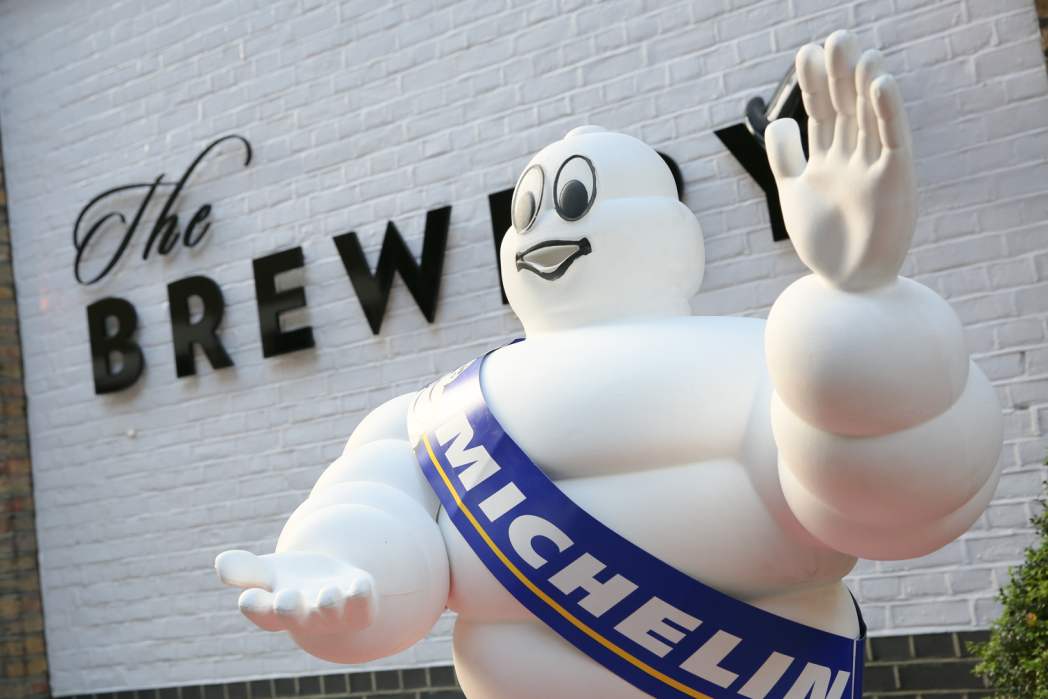What do you get when you cross the CIA (Central Intelligence Agency) with the CIA (Culinary Institute of America)? Anonymous restaurant inspectors for the much-lauded Michelin Guide who fiercely protect their identities—and their reviewing “secrets.”

But there are ways of making them talk.
In advance of the 2020 New York Restaurant Guide, I interviewed an inspector via email about his (or her) methods, criteria, and the occupational hazards of eating ten indulgent meals a week—you know, like the risk of high cholesterol and hypertension. (Apparently, one of the secrets to staying healthy and reasonably slender? Limiting back-to-back foie gras meals.)
How did you decide to be an inspector? Can you explain the circumstances behind your decision? It wasn’t a direct decision. I have always loved food, the hospitality industry, and particularly the restaurant world. I’ve worked in both the back and front of the house of restaurants. I’ve had an extensive career working in the food and beverage departments of some luxury hotels in New York City. I’ve always had an awareness of the Michelin Guide and its importance in the culinary community. I learned about the opportunity to become a Michelin inspector through the career services office of the culinary school I attended. It was an amazing opportunity that presented itself and I was compelled to go after it.
Was there some sort of training before you started your official duties?The training is extensive. Initially, I was paired with the senior inspectors and shadowed them for months of meals. This was an opportunity to understand what I should be observing and evaluating. The training occurred in my home market with the local team, but also included time spent with senior inspectors in France and the UK. Even as an established inspector, I have had the opportunity to work with and learn from my colleagues in Japan. And quite recently I’ve spent time in Seoul learning about (and experiencing) Korean cuisine.

How often do you travel? And how many times to you eat out in a week? Inspectors travel up to three weeks in a month and eat out up to 10 meals a week.
Can you talk a little bit about the most important criteria that pushes a restaurant to reach three stars? And in all of the criteria, which is the most important? Will excellent service override food? What kind of thing would cause a demotion? This is a great opportunity to clear up a lot of confusion about the Michelin Guide. Lots of people think the guide is “shrouded in intrigue” or “mysterious.” Perhaps that originates with the inspectors, who have been famously anonymous for about a hundred years. The reason for anonymous inspections is simple: We want to validate the same experience that any other diner will have in the restaurant so that we can provide a trusted opinion for our readers. But the Michelin Guide is transparent about the rating framework, which has focused only on the food on the plate since the very beginning—quality of ingredients; mastery of technique; harmony of flavors; the chef’s unique signature; and consistency over time. If the cuisine does not meet the inspector’s judgment on any one of these criteria, then the restaurant will not receive a star—although the cuisine could deserve a Bib Gourmand or Plate distinction. And don’t forget, every Michelin Guide is a selection, not a phone book. We think it’s a great recognition to be included. Worldwide, the Michelin Guide includes about 15,000 restaurants in 32 selections, but only about 10% are recognized with stars.












